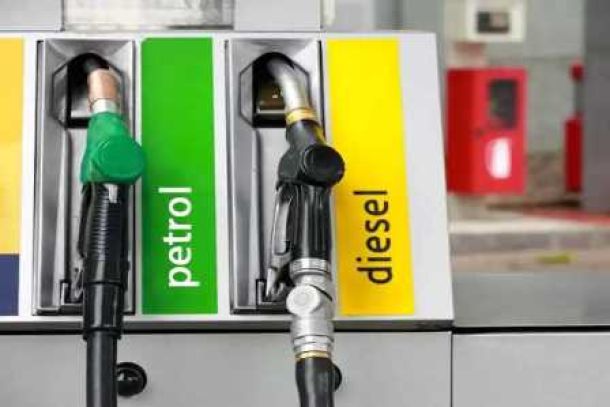This is how much prices increased at Game, Woolworths, Checkers, Spar, and Pick n Pay over the past year
South African consumers continue to struggle under increasing fuel prices, higher electricity tariffs, and lower earnings.
But groceries, at least, are getting cheaper in real terms, as retailers struggle.
Walmart-controlled Massmart, which sells food through its Makro and Game stores, reported a massive loss after anoter tough year. Shoprite lost a fifth of its value after publishing its latest results in June. And Woolworths is currently in massive debt, influenced heavily by its investment in Australian business David Jones.
As consumers continue to tighten their belts, these supermarkets are finding it difficult to increase prices, particularly on food items.
Recent financial results from all major supermarkets show that most have implemented only marginal product price inflation.
And in all cases for 2019, food increases at major supermarkets have remained below South Africa’s consumer price inflation figures with an official target between 3% and 6% – even after a one percentage point increase in VAT added to selling prices.
Some stores have essentially left the average cost of food items unchanged over the last year while others offset general price increases with competitive promotions to attract or retain customers.
This is how much prices have increased at Game and Makro, Spar, Woolworths, Shoprite and Checkers, and Pick n Pay.
Game and Makro: 2.9%
Massmart, the parent of Game and Makro stores, says that sales, particularly on food items, was a key strategy in its most recent financial period, and that put increasing pressure on gross margins. I price inflation was bigger than other major groups except Spar, at 2.9%, but it still saw an increase in food sales of 6.4%.
Spar: 2.9%
Spar, which published its 2019 interim results in March, said South African stores were “impacted by constrained consumer spending and low inflation levels”. For the six months up to the end of March 2019, the store says food inflation was 2.9%.
Woolworths: 1.8%
Woolworths has seen continued growth in its food stores, despite difficult economic times and difficulties in other departments. According to the company’s latest results, the growth can be partly attributed to a price inflation of just 1.8% (In 2018, Woolworths attributed its increased food sales to promotions.)
Checkers and Shoprite: 1.2%
Shoprite, which includes Checkers, partly blamed low food inflation in South Africa for its recent poor performance. According to the company’s July 2019 results, internal inflation for the year at its South African supermarkets averaged just 1.2%.
Pick n Pay: -0.3%
Pick n Pay marginal dropped its prices compared to last year, and as a result is stealing marketshare from Shoprite and Checkers. Thanks in part to large price cuts on specific items, according its 2019 results, its average internal selling price was 0.3% less than in the year before.
News Category
- International retailers
- On the move
- Awards and achievements
- Legislation
- Wine and liquor
- Africa
- Going green
- Supplier news
- Research tools
- Retailer trading results
- Supply chain
- Innovation and technology
- Economic factors
- Crime and security
- Store Openings
- Marketing and Promotions
- Social Responsibility
- Brand Press Office
Related Articles

Shoprite increases executive pay as consumers t...

Unions slam SA retailers for ‘profiteering’ as ...

Major Petrol Price Changes on the Horizon

Retailers not cutting food prices fast enough -...


